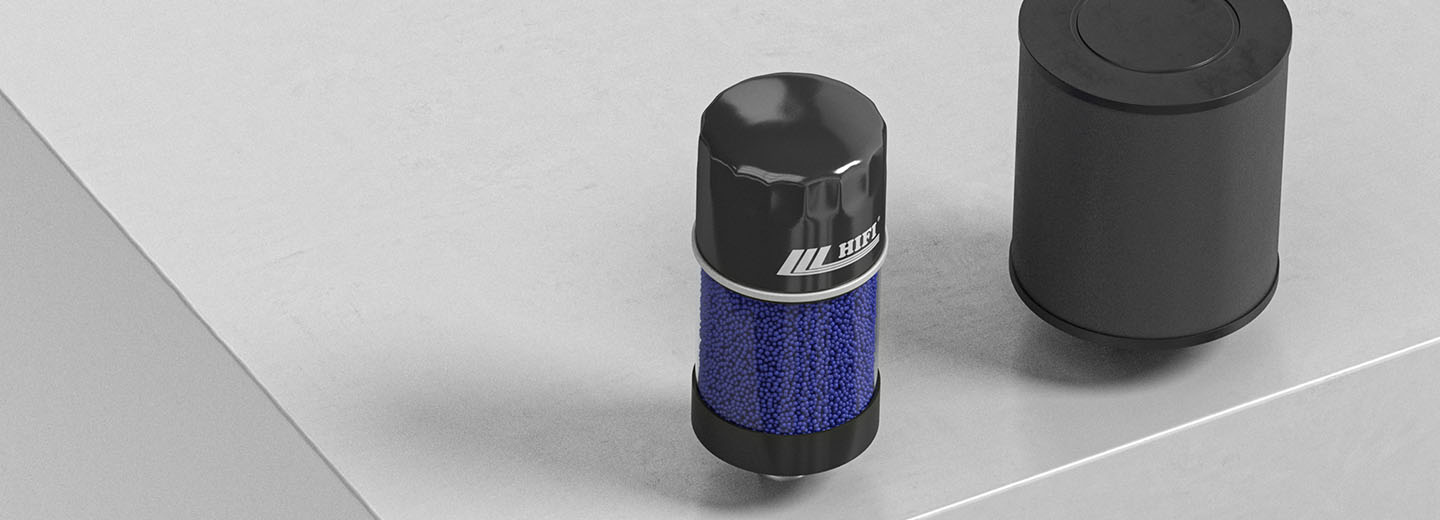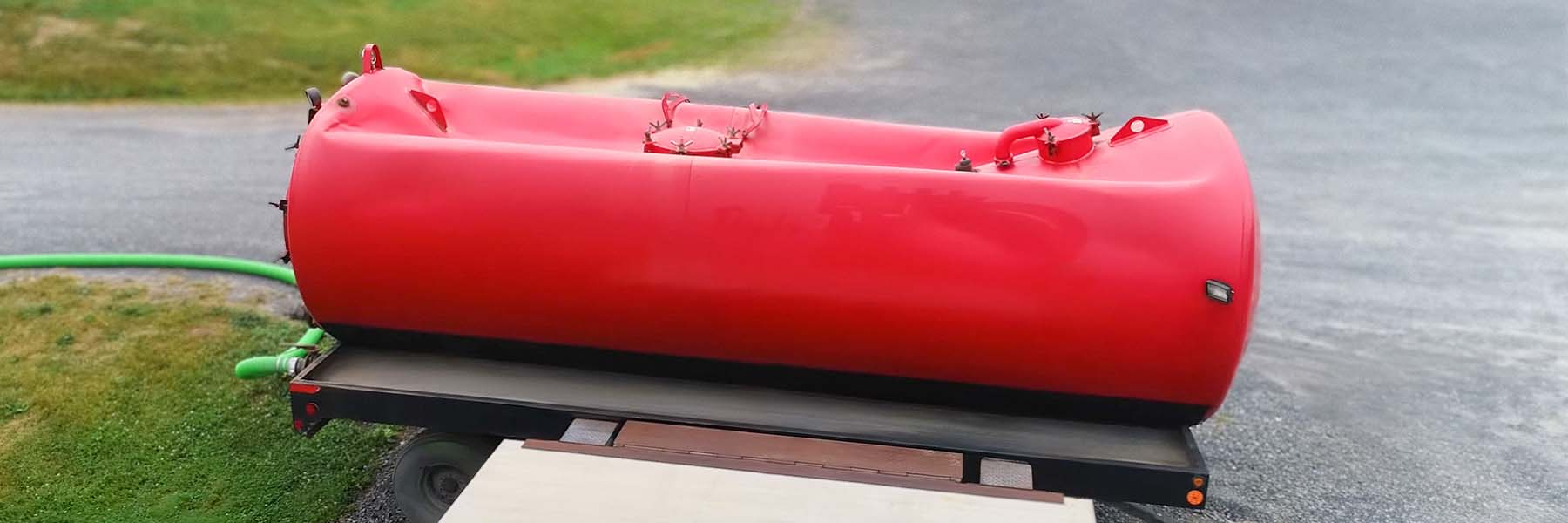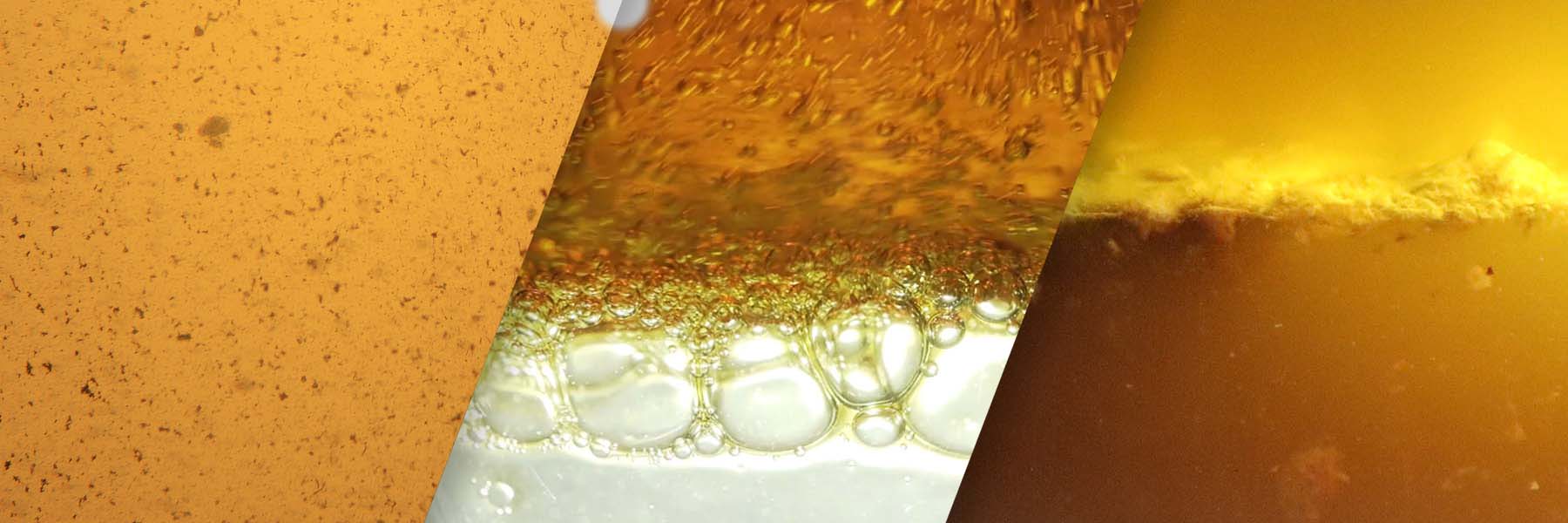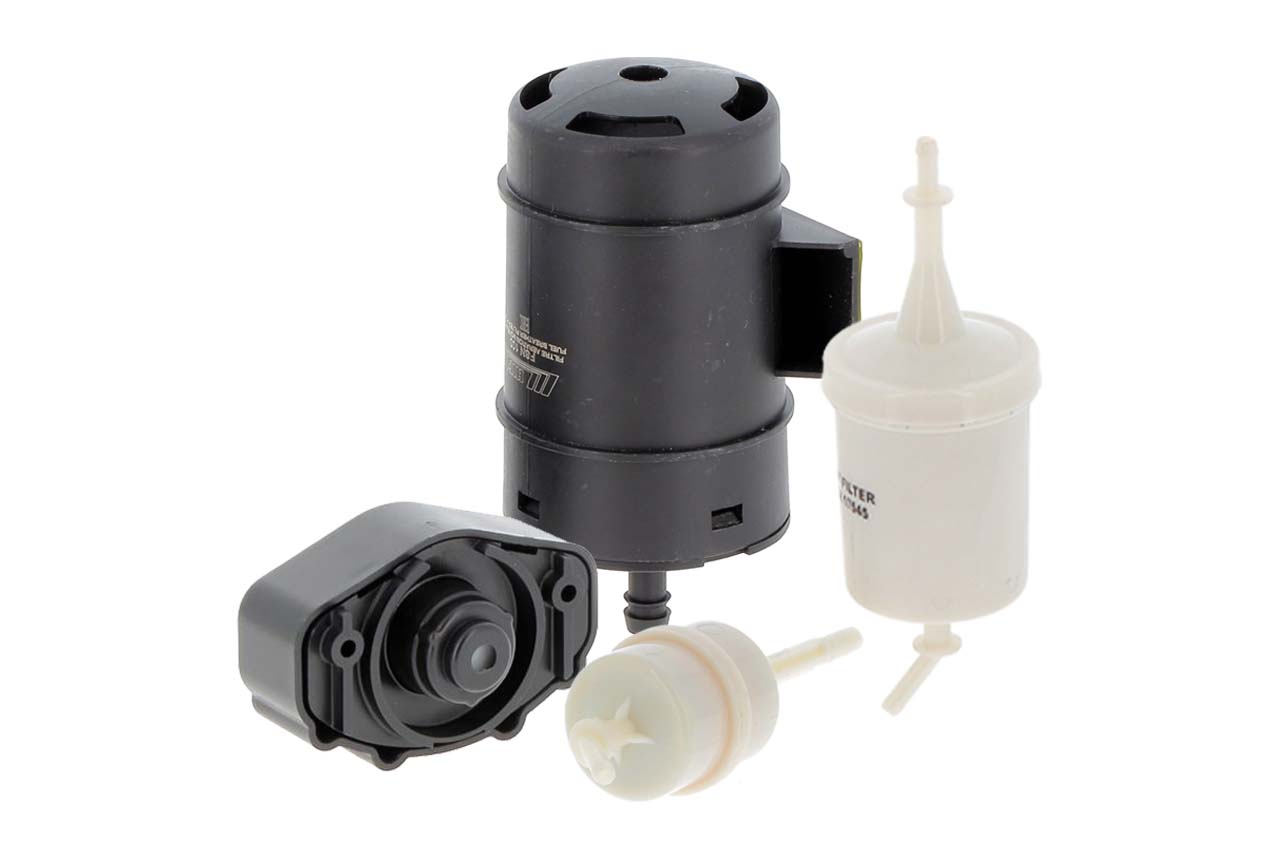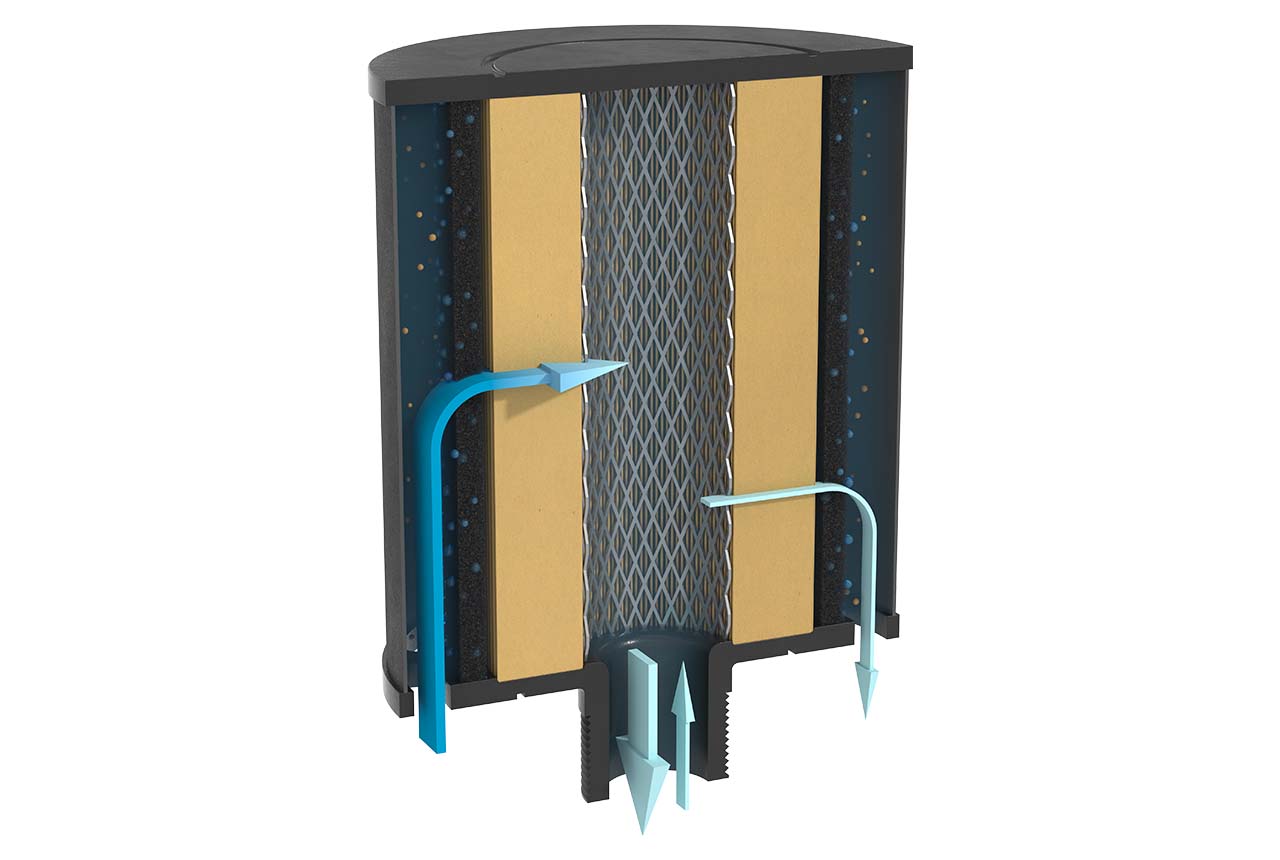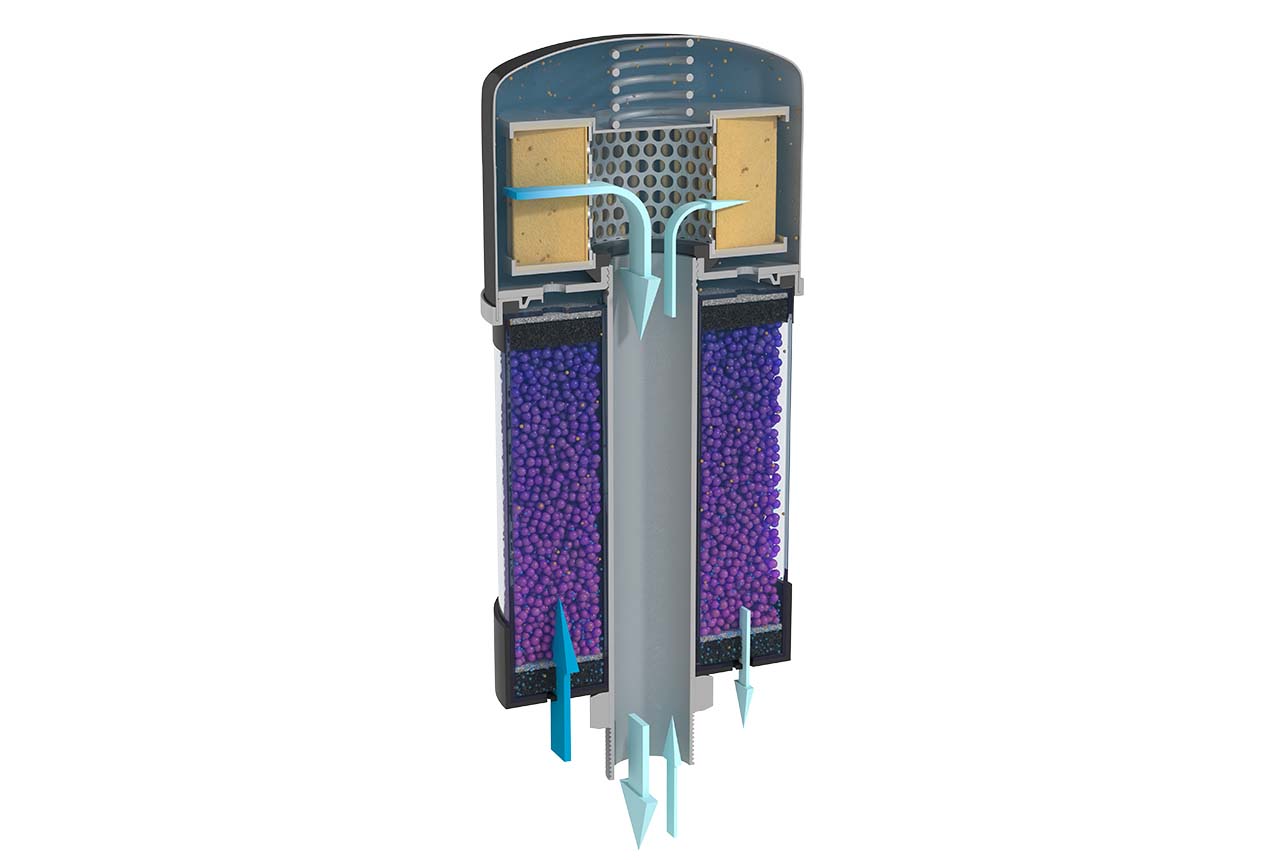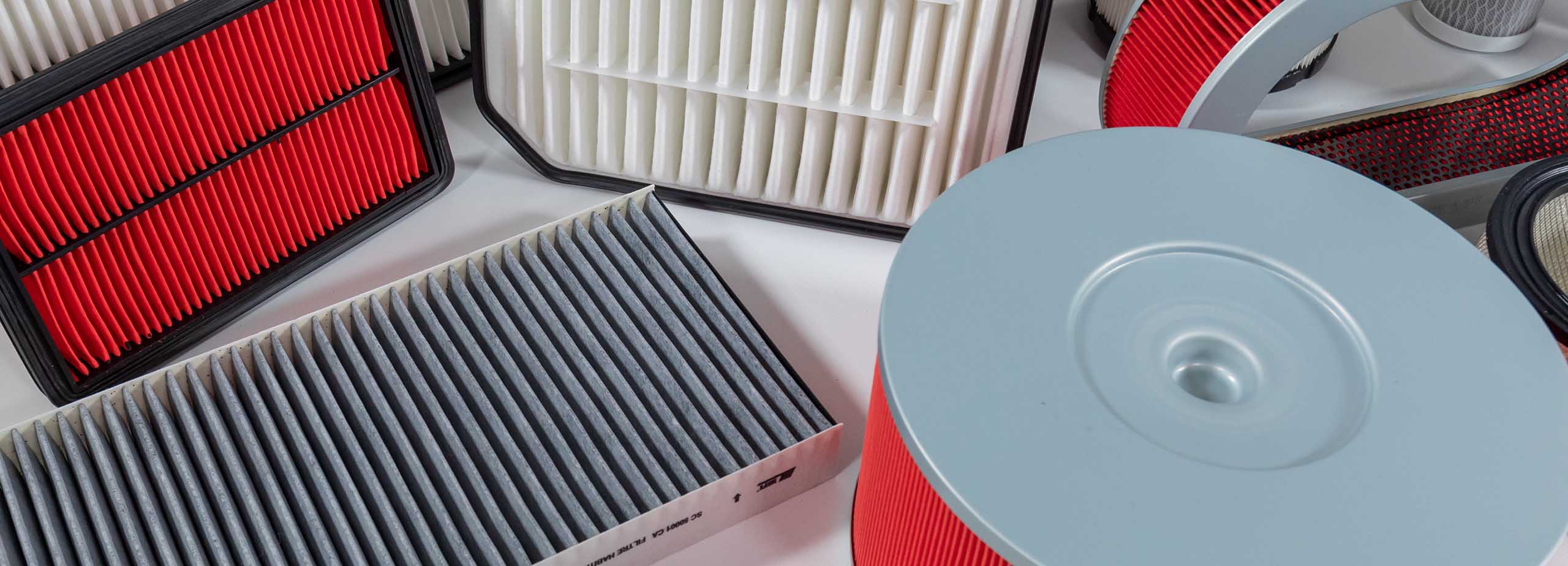⚠️Before reaching service stations, CNG storage tanks or your vehicles, fuel undergoes multiple transfers. At each stage, there is a risk of contamination. HIFI FILTER offers a wide range of solutions for protecting your fuel distribution chain and your equipment, either upstream or in your tanks.
These include absorbent strips capable of attracting and absorbing up to 3.7 litres of water in less than 24 hours. Or the very high efficiency
RED SERIES range from HIFI FILTER, dedicated to the filtration of bulk fuel, which quickly decontaminates large quantities while guaranteeing the cleanliness required by manufacturers.


